
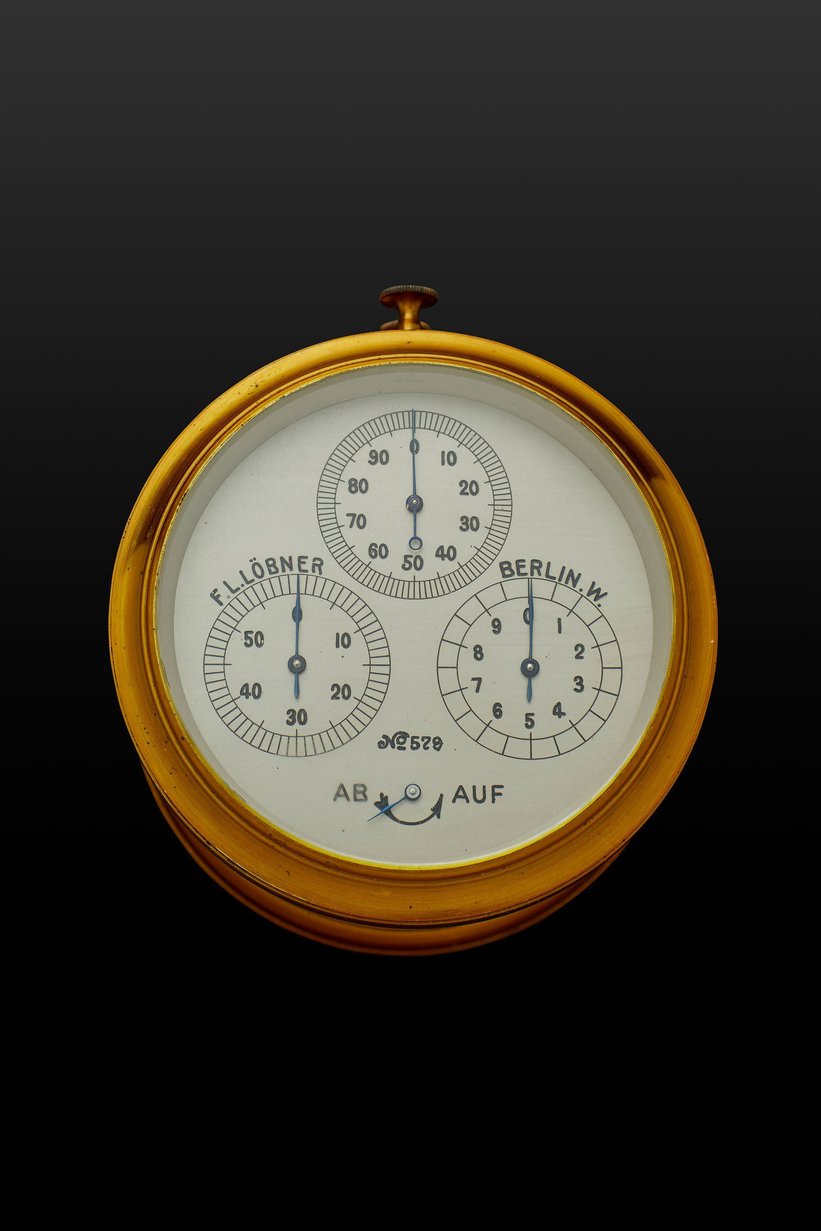
The age of acceleration began in the 1930s. While it had previously taken many weeks to travel around Europe, railways and steamships suddenly shortened the travel time to a few days or just hours – the space shrank while the possibilities exploded. Franz Ludwig Löbner was born into this rapid era in September 1836. After the talented precision mechanic passed his master's examination as a watchmaker in 1862, he founded the F.L. Löbner watch factory on Potsdamer Strasse in Berlin. The house's specialty: watches with tertiary counters, which can be used to precisely measure hundredths of a second, and soon even thousandths of a second. Decades ago, hardly anyone was interested in such tiny periods of time, but now they are at the center of research and development: Prussian military engineers are discussing ignition burn times and acceleration times of projectiles, while Löbner is working on testing the first time fuses. There is also a Löbner clock on Prussia’s imperial yacht, the ‘Hohenzollern’.
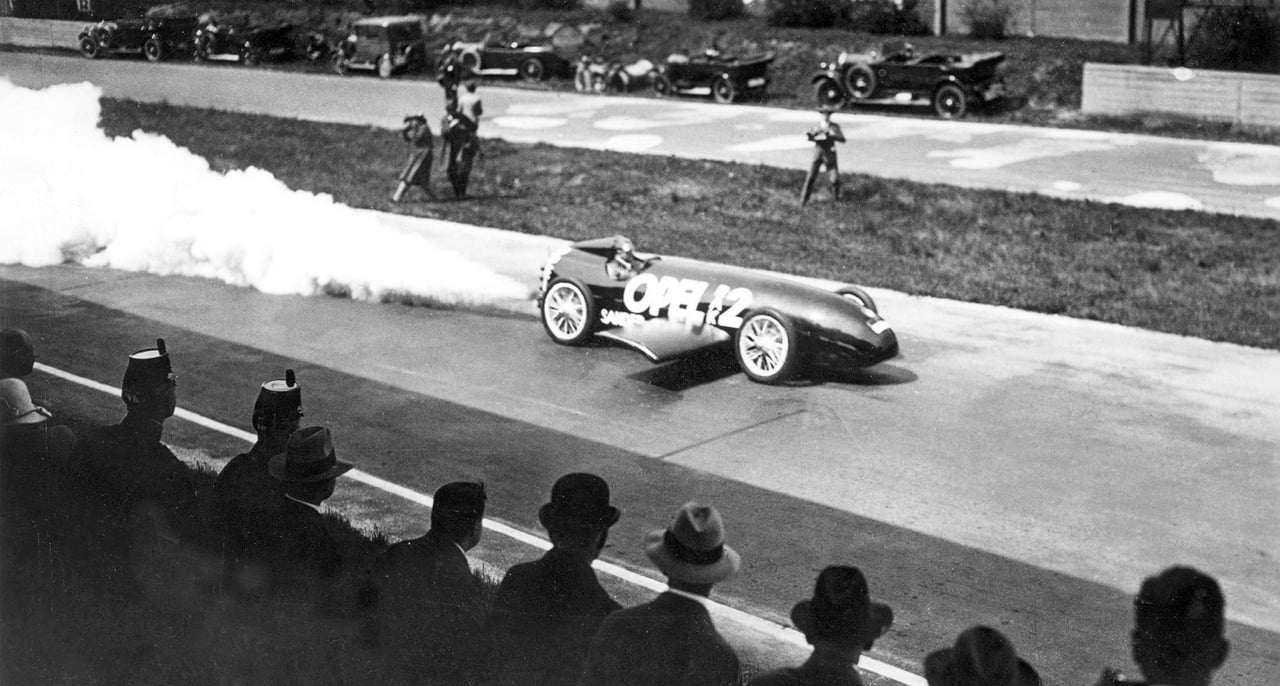
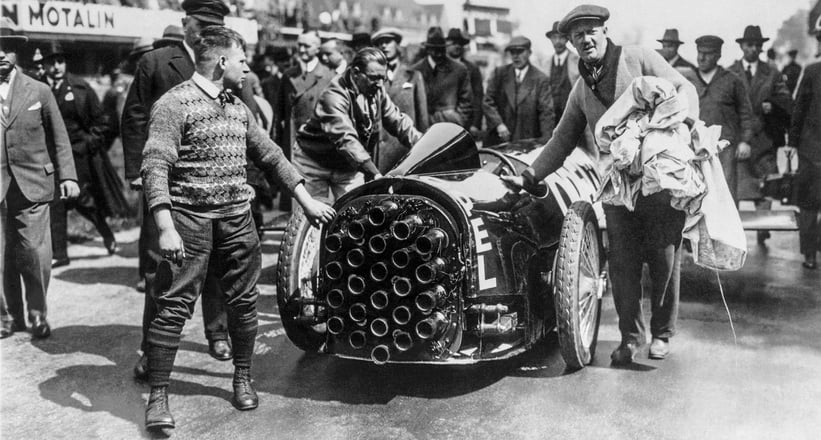

But acceleration times and fractions of a second are also becoming increasingly relevant in the civilian world. On the world's most important racetracks between Copenhagen, Malmö, Vienna and Budapest, the sprint times of athletes (and racehorses) are measured with Löbner stopwatches. Löbner watches cannot be missed at the Olympic Games either. At the same time, the general rush of acceleration takes on new dimensions – the racing engines roar on land, on water and in the air. Löbner's stopwatches now measure the start and finish times of racing cars and motorcycles electronically and even more precisely. In 1927, the automobile designer and racing driver Fritz von Opel begins developing a rocket car that would pulverize all existing speed records. The third prototype already reaches 254 km/h in 1928, which of course, is measured on a Löbner watch.

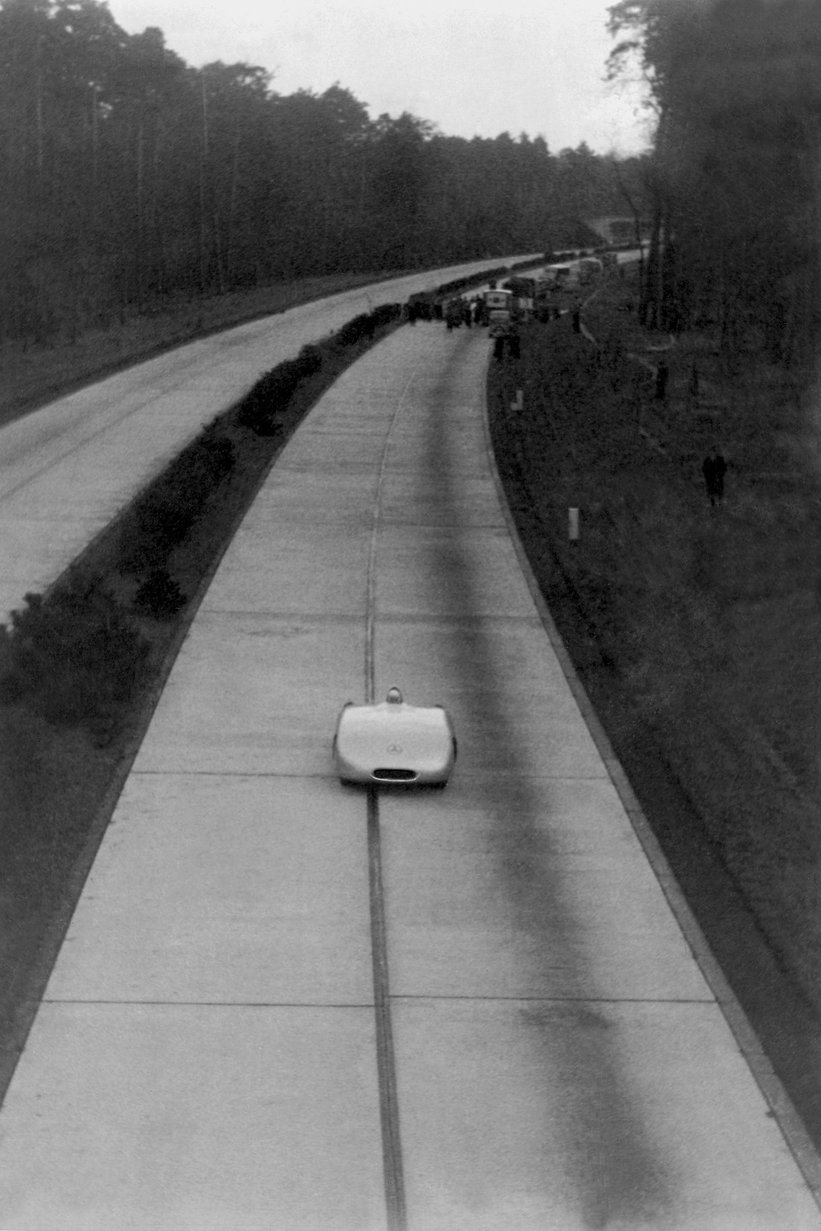
At the same time, daring racing drivers such as Rudolf Caracciola and Karl Stegemann Hans Stuck are constantly setting new lap records. The astonished look at a Löbner timepiece at the finish of the Avus race track in Berlin, at the Klausen Pass or in Monaco becomes a symbol of the time. In the 1930s, it’s the ‘Silver Arrows’ from Mercedes and Auto Union that outshine all other racing cars. In 1937, racing driver Bernd Rosemeyer competes in an unequal duel against a Heinkel He 70 Blitz – and overtakes the aircraft on the ground at over 400 km/h. Löbner measures exactly 406.32 km/h with a flying start. On January 28, 1938, Rudolf Caracciola's Mercedes-Benz W 125 finally reached a top speed of 432.7 km/h. The speed record, measured on a Löbner, will not be broken for almost 80 years.
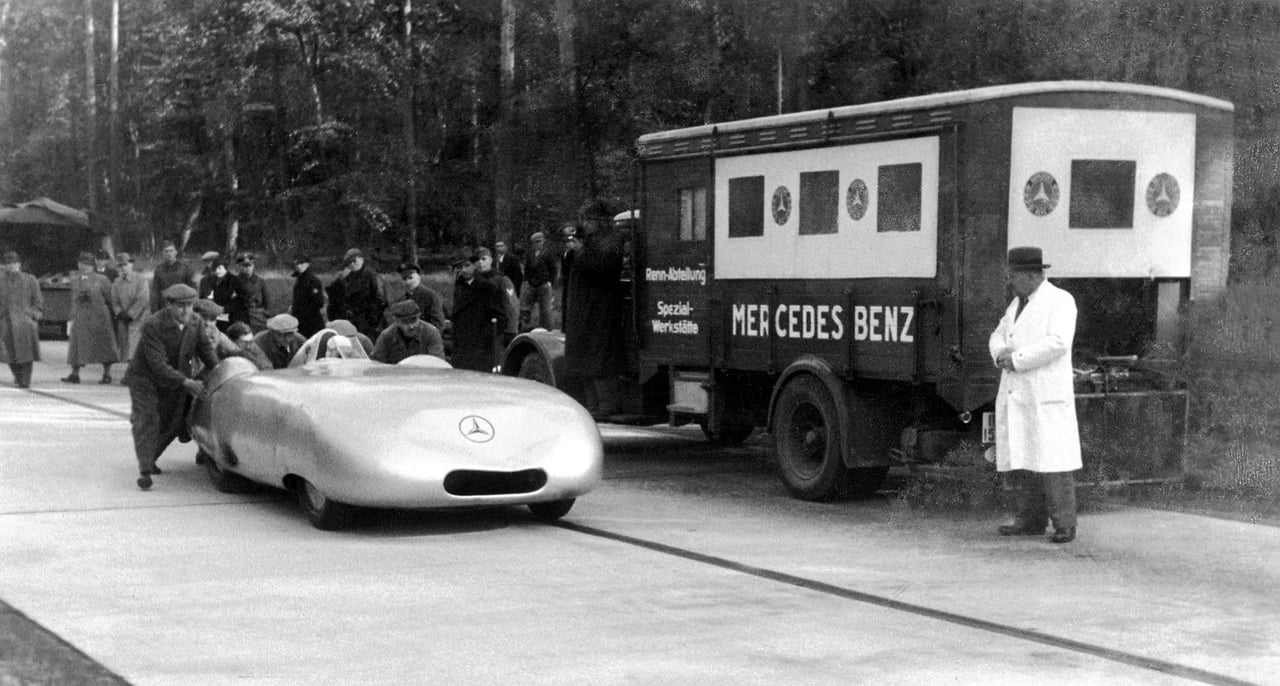
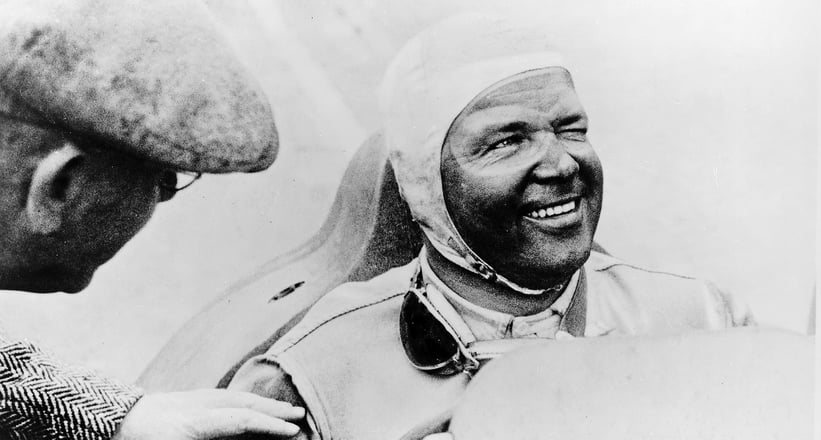

But soon after, Löbner’s myth begins to fade. While founder Franz Ludwig Löbner still maintained good contacts with the German Imperial Court (even the clock in the Reichstag, a perpetual calendar, came from Löbner ), his successor Johannes Otto Fritz was far less successful – despite orders at the Olympic Games in Garmisch Patenkirchen and Berlin in 1936. In October 1938 the Löbner company is deleted from the commercial register. The brand is soon forgotten.
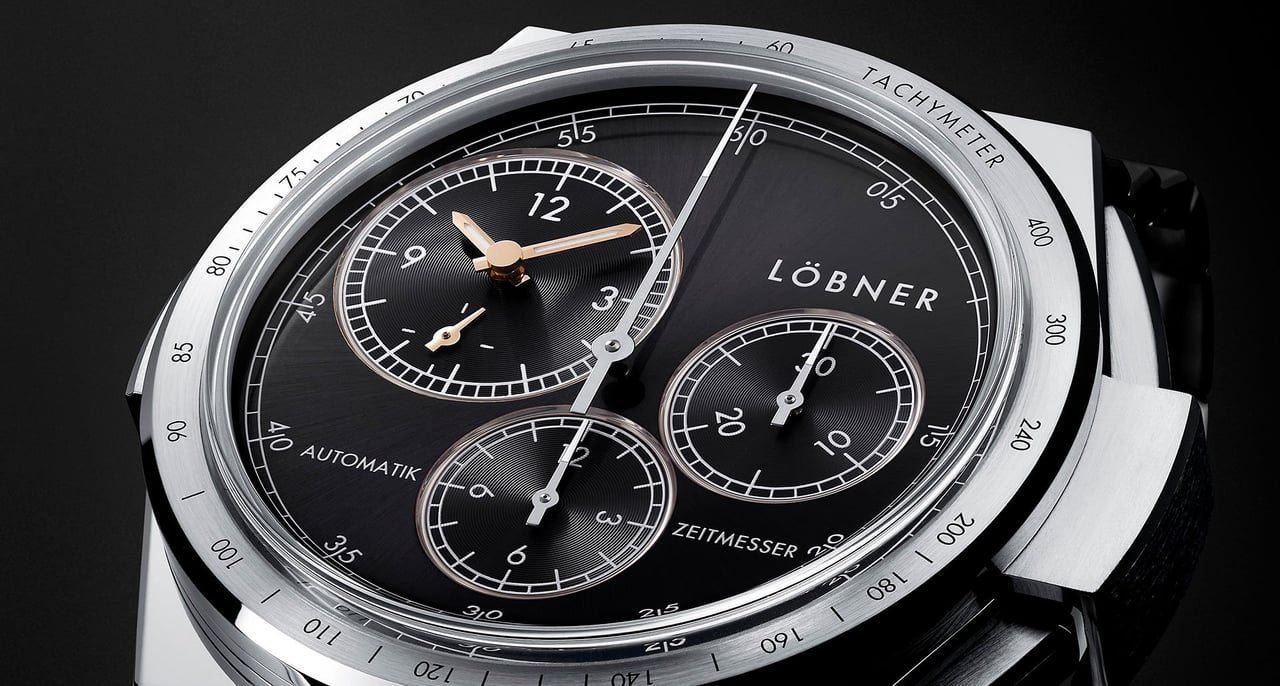
80 years later, Munich entrepreneur Matthias Düwel remembers Löbner's groundbreaking innovations in mobile timekeeping. He decides to secure the trademark rights, to take the risk and to let Löbner return as a contemporary luxury watch brand. Together with a team of watch experts and brand strategists, Düwel begins working on Löbner 's comeback. The wristwatches are intended to meet the highest standards and to completely reinterpret the most important innovations of the Löbner brand – the tertiary counter and the scientific chronoscope. With clear design and maximum precision, Löbner's watches could offer nothing less than a German alternative to Rolex and Hublot. In Glashütte, Saxony, the Swiss clockworks are fine-tuned and the chronographs are assembled in small numbers and by hand.

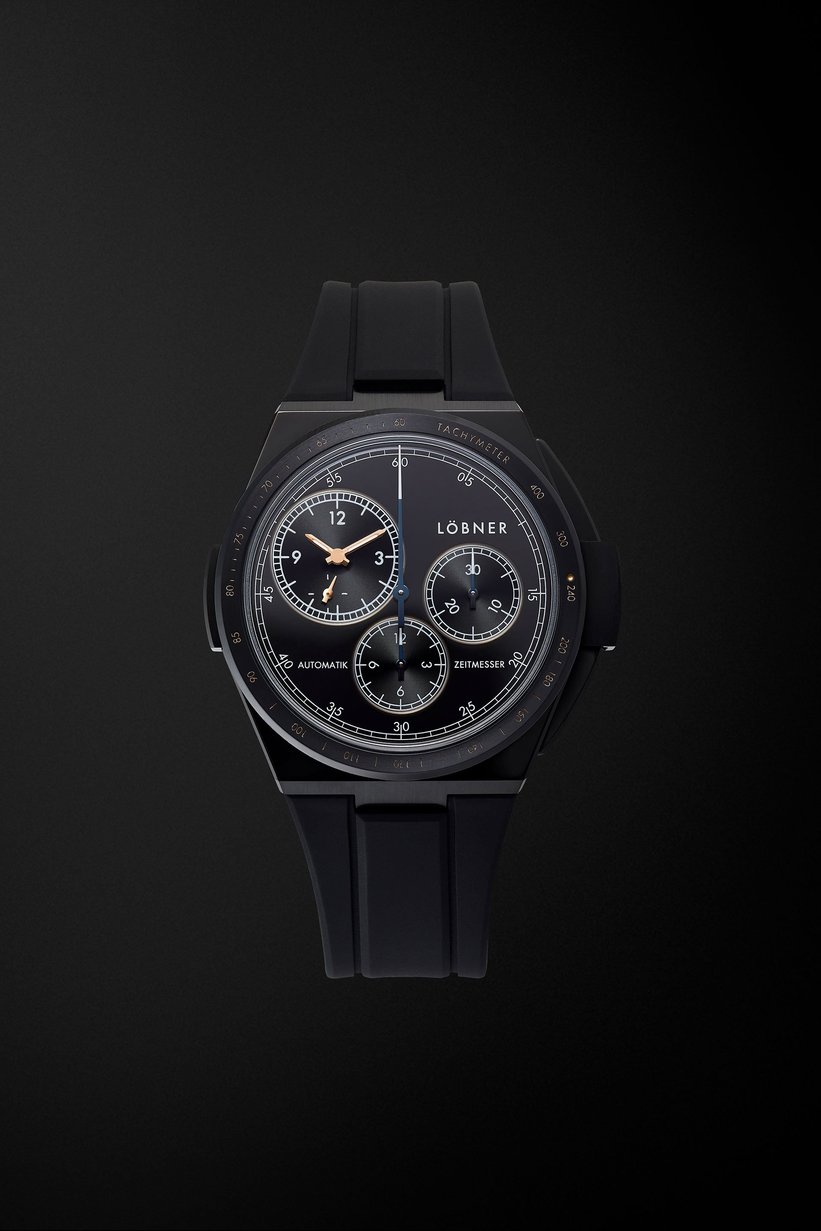
Emmanuel Dietrich, who has already created important watches for Hermès and the Swatch Group, is entrusted with the design of the new timepieces. Dietrich has a rich treasure trove of brand history, but the watches are meant do without nostalgic retro accents and rather carry the innovative spirit of the traditional brand into the 21st century. For Löbner 's market launch in 2023, a basic collection will be created consisting of two automatic chronographs with stainless steel cases, which are likely to surprise even veteran watch connoisseurs and collectors with their functionalist, avant-garde design language: in contrast to classic chronographs, the time in the first three Löbner models is decentralized shown with a small second. All watches are water resistant to 100 meters. Meanwhile, a patented slider to protect the crown prevents the time from being accidentally adjusted.
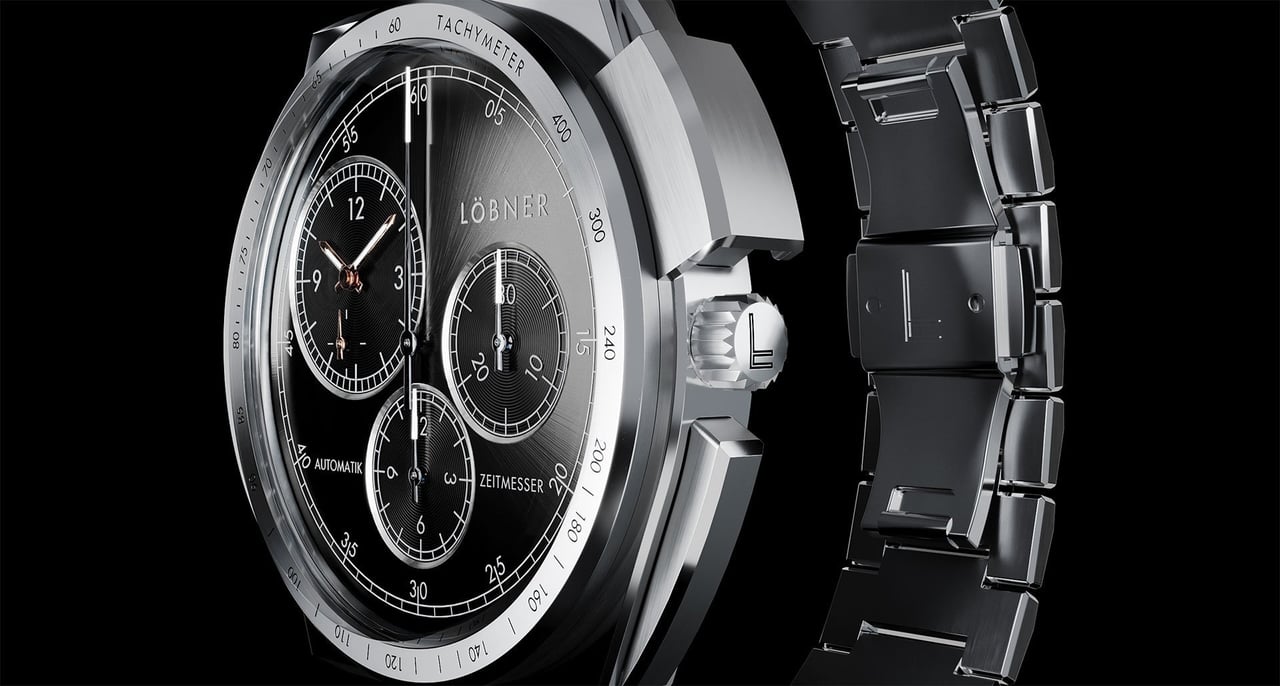
The Löbners Steelracer is available with a black or blue dial and steel bracelet and is reminiscent of the Silver Arrows from Mercedes and Auto Union. Meanwhile, the first special edition watch Rocketman, strictly limited to 50 copies, with a PVD-coated, black stainless steel case and a dial in electroplated black as well as a rubber strap is reminiscent of Fritz von Opel and his racing prototypes.

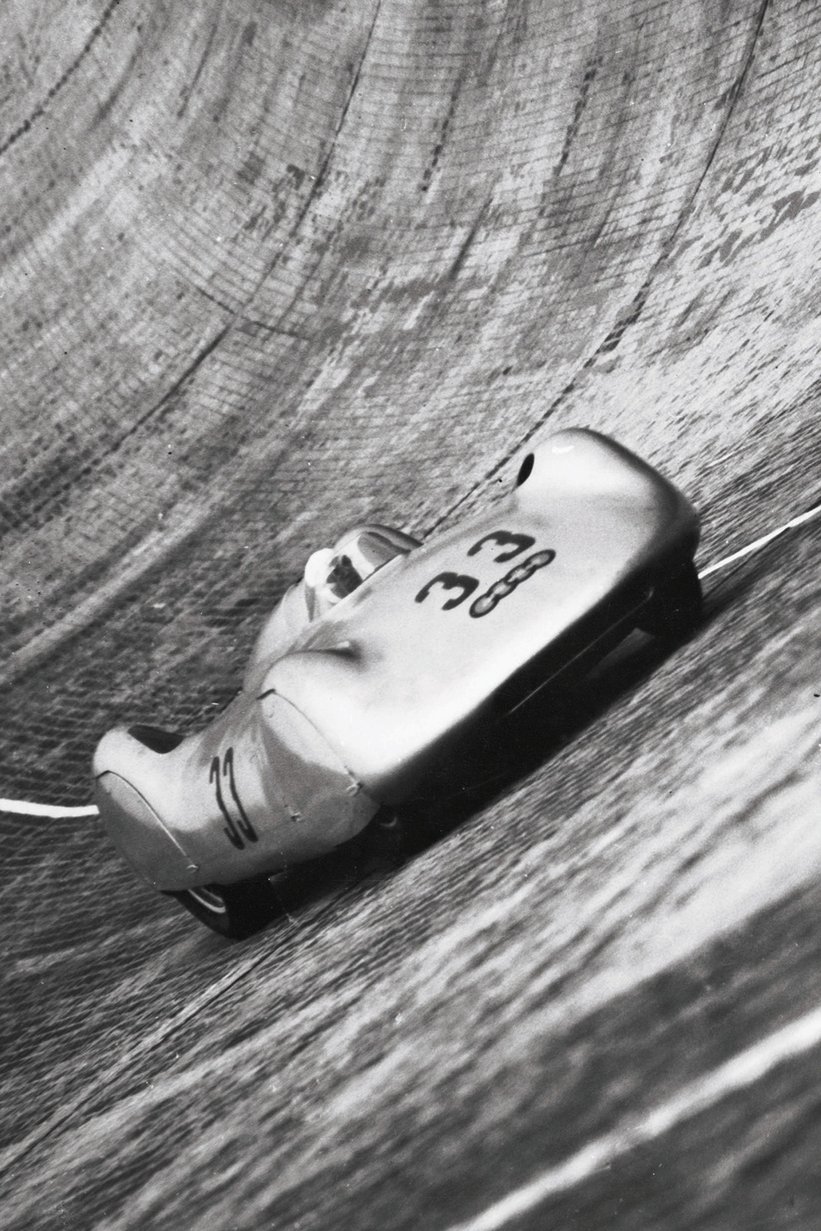
Racing history, extraordinary quality and visionary design: Löbner speaks with this combination a clientele for whom the luxury watches from established brands have become too generic - and who would rather wear a special wristwatch on their arm as an expression of their own personality than spend valuable time on waiting lists. Because that's more good news: Löbner's watches are available now at Bucherer and on the Löbner website.
Photos: Löbner / Audi Archiv / Mercedes-Benz Archiv / Opel Archiv














































